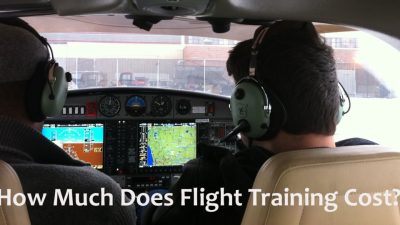As a student pilot, navigating the complexities of flight training can be challenging. A recent video by US Sport Aircraft highlights the top 10 mistakes that student pilots commonly make, offering valuable insights for aspiring aviators.
Top 10 Student Pilot Mistakes
- Not using checklists: Many students neglect checklists after takeoff, compromising safety.
- Poor weather briefing: Failing to obtain comprehensive weather information, especially for cross-country flights.
- Insufficient rudder usage: Particularly important during takeoff to counter left-turning tendencies.
- Neglecting airport diagrams: Crucial for familiarizing oneself with unfamiliar airports and taxiways.
- Rushing pre-flight inspections: Safety should never be compromised due to enthusiasm.
- Incorrect cruising altitudes: Misunderstanding the “odd North-East” rule for safe flying altitudes.
- Fixating on instruments: Overreliance on cockpit instruments instead of visual references.
- Poor radio communications: Lack of confidence and practice in radio work.
- Overshooting final approach: Difficulty managing multiple tasks during the base-to-final turn.
- Improper flaring: Flaring too early or too late, resulting in hard or flat landings.
Key Takeaways
These common mistakes highlight the importance of thorough preparation, attention to detail, and consistent practice in flight training. By being aware of these pitfalls, student pilots can focus on improving these critical areas and become safer, more competent aviators.
Remember, everyone makes mistakes during the learning process. The key is to learn from them and continuously strive for improvement. With dedication and proper guidance from instructors, student pilots can overcome these challenges and develop the skills necessary for successful and safe flying.



